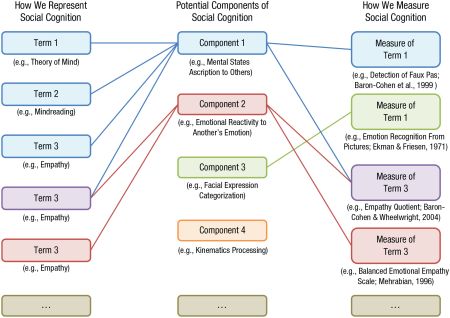User:Darwin2049/ChatGPT4 Recent Issues
Jump to navigation
Jump to search
- Recent Topics or Issues
- Consciousness: Recent consciousness research has thrown more light on the subject. A number of models have developed in recent years that attempt to address the so-called "hard problem". The basis of this problem focuses on the question of "what it is like to be a bat or a dolphin or a wolf". And identifying the neural correlates that mediate the experience of being. The authors propose approaching the question of if artificial consciousness is possible they suggest the utilization of computational functionalism, empirical neuroscientific evidence then they suggest that a theory-heavy approach be used to assess the viability of the various models that have been proposed to date. They then list the current candidates. These include:
- recurrent processing theory
- global workspace theory
- computational higher order theories
- attention schema theory
- predictive processing
- agency and embodiment
In each case they set out what are described as indicator properties. An indicator property is a trait or feature that must be present for consciousness to be operative.
- Awareness: This is a characteristic trait of an organism that is capable of sensing the world around itself. It likewise will possess the capability to recognize, interpret and respond to various internal states. A feature of awareness is the ability to record, synopsize, tag and store episodic memories. With awareness there may or may not be self consciousness. However the organism will be able to respond to changes in its environment.
- Sentience: Derivative from the concept of sense. As in possessing sufficient sensorial apparatus to intercept states and developments in the real world such as temperature, light, chemical odors and acoustic patterns.
- World Model: The ability to create an abstract representation of an external reality. This model postulates that the sentient agent can further create a self-model that is an actor in this external world model and can interact or otherwise affect state in the world model. But also very importantly that events in the world model can give rise to events that can affect the agent. These events can be either adaptively positive or entail adverse risk.
- Emergence: experimenters and developers report observing a working system exhibit properties that had not heretofore been programmed in; they "emerge" from the innate capabilities of the system;
- Alignment: the imperative of imparting "guard rails" or otherwise limitations on what an artificial intelligence system can be allowed to do;
- Hallucinations. CG4 has produced results to queries wherein it created references that superficially look legitimate but upon closer inspection prove to be nonexistent.
- Theory of Mind: In order for a species to build a society, successful socialization processes between members of a species is fundamental. Development of a society requires that family members develop means of communicating needs and wants with each other. When this step is successful then collections of families can aggregate into clans. The basic is that each member develop a means of formulating or otherwise formalizing representations of their own mental and physical state. The key step forward is to be able to attribute comparable representations to others. When this step is successful then a theory of mind can crystallize. Intentions, wants and needs can then be represented. Intentions, wants and needs can then be used to develop plans. The more sophisticated the representation of self-state the more refined the clan's adaptive success will be.
A recent paper on Theory Of Mind has illuminated this topic and is worth perusing to see how advances in the user interface experience will develop going forward. It is worth noting that ascribing belief to the user's state of knowledge is a crucial factor. This topic is crucial in understanding false beliefs, how they are recognized and responded to. We can imagine that during an interaction session that CG4 or a derivative descendant might have one or more autonomous agents operating to address this exact question, moment by moment.

